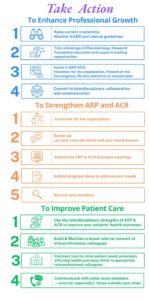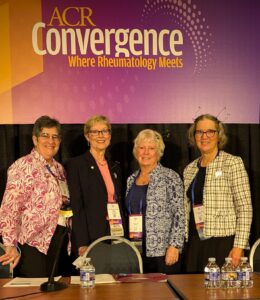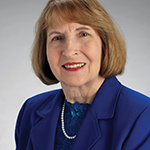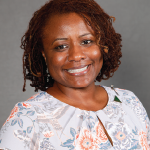Invest in Growth
For the past 60 years, the ARP’s commitment to helping members achieve the best possible health outcomes for each patient has been unwavering. The organization has adapted to contemporary challenges over time, and now has an expanded and thriving membership, a robust professional journal and a wealth of educational tools that ACR and ARP members can use to optimize patient care.
A defining strength of the ARP is interdisciplinary communication and collaboration, along with shared learning across its 24 disciplines, between ARP and ACR members and among researchers and clinicians. This “big tent” approach allows members to gain insights from various disciplines, all with an aim to ensure our patients receive exceptional care that addresses the extensive impact of rheumatic disease on their lives. It truly takes a village. We need a broad array of practitioners, both within and outside of physician offices, to address disease management, physical functioning, mental health strains, social and economic impacts and the many other issues that accompany rheumatic disease. Fortunately, the ARP can help practitioners identify and address these broad issues and foster interprofessional learning and collaboration. The ARP’s online Fundamentals of Rheumatology Course introduces the multiple issues encountered by people living with rheumatic disease.
Our ACR Convergence 2024 session featured a small but significant handout: a lapel pin in the shape of a young leaf (see Figure 3). This symbolizes investment in growth: your own professional growth, the growth of the ACR and the ARP, and the growth of interdisciplinary care. Figure 4 offers some sprouts, or starter ideas, for ways you can invest in this multidimensional development.
As past ARP presidents, we commend the advancements in rheumatology care and organizational development. We encourage all members to explore new opportunities for growth and to enhance interdisciplinary collaboration.
We believe this is also the time for thoughtful self-reflection and analysis to ensure the ARP’s continued success. How well does the ARP meet the needs of its diverse membership? As the need for skilled rheumatology professionals increases, does the ARP provide the right mix of benefits to attract new members? What committee structure will help the ARP best achieve its mission and foster effective communication? Are there other organizational models that would lead to even greater success?





